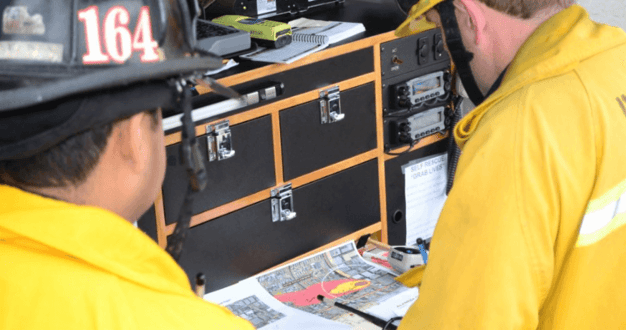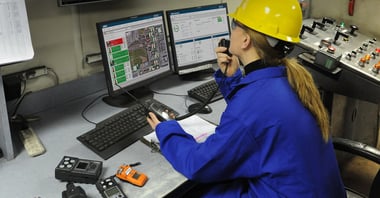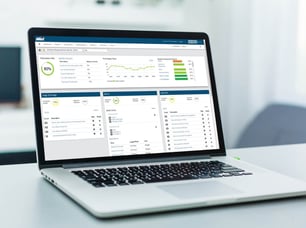No matter how much you’ve prepared for emergencies with operational training or reliable equipment, there are always factors that are simply out of your control.
That’s why it’s crucial to have response plans that minimize the opportunity for human error and allow you to gather the information you need for rescue and response for when an incident does occur. Speed and accuracy are key when your workers’ and community members’ lives are on the line—so the time to create an emergency preparedness plan is now.
Let’s examine an emergency scenario and how safety personnel responded to an unplanned gas release.
Challenges of Emergency Response
Early in the workday, a tank collapsed on the North side of an industrial plant. An unknown amount of hazardous gas was released, creating a potentially explosive and toxic environment for both workers and the surrounding community.
This scene illustrates some of the frustrations safety personnel like fire chiefs, safety managers, and safety technicians face in an industrial emergency and the questions that might follow:
- When did the leak begin?
- What is the gas and how much has been released?
- Where is it heading next?
- Who will be impacted? Who has already been exposed?
- How can I protect my team and community—can they shelter-in-place or should I order an evacuation? How can I protect our facility?
The answers to these questions can provide clarity into the situation so that you can implement the proper emergency procedures, stop the threat, and follow up as needed.
But where do you get this information? Here are the three things to make sure you address when creating any emergency response plan.
1. Communication and Accessible Information
Quick action to understand and communicate the situation is critical for emergency response crews and all those involved.
In our scenario, first responders arrive on scene and don Ventis Pro5 personal multi-gas monitors. Radius BZ1 area monitors and RGX Gateways are situated around the tank and throughout the community to continuously monitor the situation in real time and create a second line of defense.
Moments after deployment, ongoing gas readings and real-time data from the equipment are shared between responders—improving hazard visibility on the ground while allowing safety personnel to stay at a safe distance.
Through alarm sharing and visual alarm summaries, the response team learns who needs help, where to find them, what the threat is, and more, allowing for the safest and most effective rescue.
To ensure stakeholders have ongoing updates about the release, customizable mobile alerts are set up in iNet Now, which notify first responders when conditions change.

2. Hazard Zone Prediction
The gas readings and local weather data from sensors also feed into SAFER One, a dynamic plume modeling software that then creates a model of the gas release and its future path for a two-hour window. With these insights, operators can reduce the risk of further incidents and arm first responders with the information they need to set up roadblocks, evacuation centers, command posts, as well as decontamination, triage, and staging areas.
With SAFER One, you can view a real-time plume model that constantly adjusts to your site’s conditions by combining data from gas sensors, weather stations, and local traffic patterns. By capturing shifting factors automatically, you can eliminate manual calculations and estimation from your emergency response plan and give safety personnel the ability to act with confidence during emergencies to protect their team, community, and environment.
3. Incident Reporting and Follow-Up
After you resolve an emergency by controlling the hazard and making sure everyone is in a safe location, the last thing you want is the burden of time-consuming paperwork. However, the insights you can gain from your gas detection data are extremely valuable for compliance reporting and incident prevention.
Gas detection management software, like iNet Control, can help you automate reporting so that you can focus more on how to avoid repeat exposures and less on digging through data looking for the relevant information. You can view all your site’s records, data logs, and alarm data in one easy-to-access dashboard
Without this combination of connected hardware and intelligent cloud solutions, this customer would need to mobilize significantly more personnel while relying on manual model calculations to understand community impact.
However, because the team invested in Industrial Scientific emergency response solutions, they saved time, gathered the right insights, and acted in the moment to protect their people and community.
Talk to one of our experts to learn more about how you can improve your emergency response plan.



